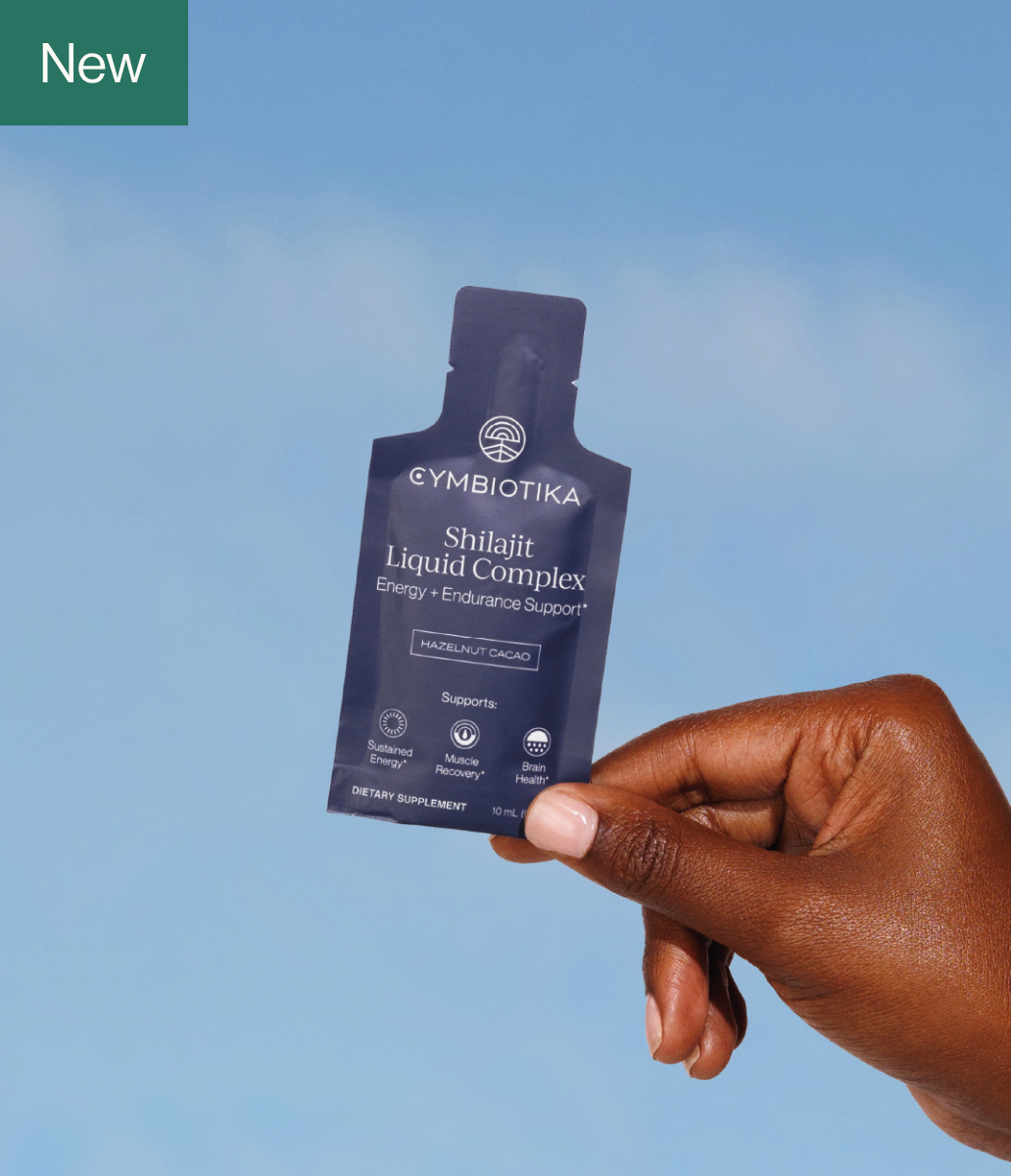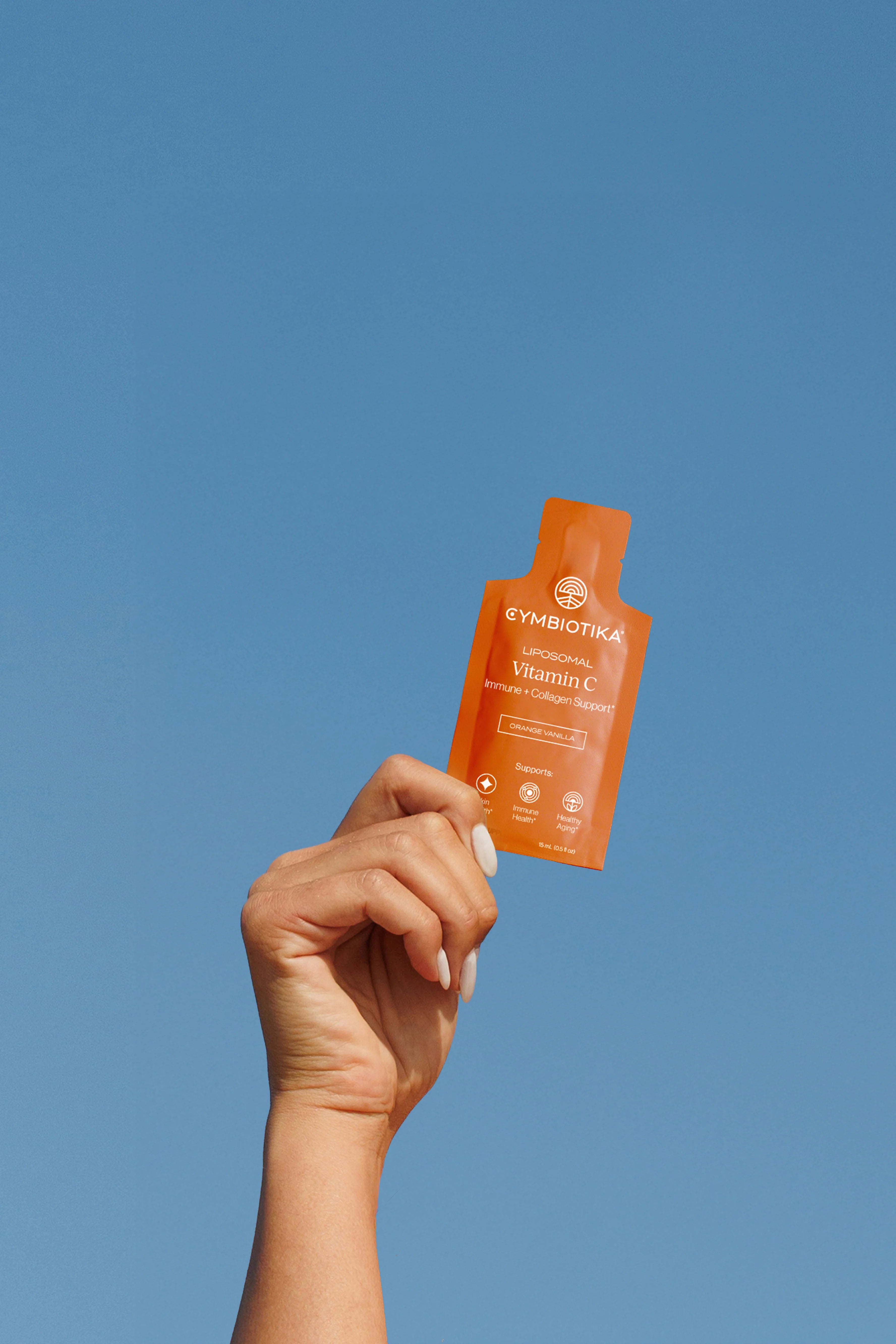Table of Contents
- Introduction
- The Basics of Biking for Cardio
- Factors Influencing Biking Duration
- Structuring Your Biking Routine
- Nutrition and Supplementation
- Frequently Asked Questions (FAQs)
- Conclusion
Introduction
Have you ever felt the exhilaration of riding a bike, the wind in your hair, and the sense of freedom that comes with it? Cycling is more than just a leisure activity; it’s a powerful way to improve cardiovascular fitness, boost mental health, and even enhance your overall well-being. Yet, many people wonder: how long should we bike for cardio to reap the maximum benefits?
Studies suggest that consistency is key to any fitness regimen, and cycling is no exception. Whether you’re a seasoned cyclist or just starting, knowing the right duration for your rides can make all the difference. According to the American Heart Association, adults should aim for at least 150 minutes of moderate aerobic activity each week, which can include cycling.
In this comprehensive guide, we will explore the optimal biking duration for cardio, the various factors that influence your cycling workouts, and how to tailor your biking routine to meet your individual fitness goals. We will also delve into how Cymbiotika’s mission and values align with empowering our community to take control of their health through science-backed wellness. Together, we will uncover the best practices for biking and enhance our fitness journey.
What You Will Learn
By the end of this blog post, you will understand:
- The recommended duration for biking to achieve cardiovascular benefits.
- How different fitness levels affect biking duration.
- The types of cycling workouts and their unique advantages.
- Tips for optimizing your biking routine to improve endurance and strength.
- How to incorporate cycling into a holistic fitness plan that includes nutrition and supplements.
Let’s embark on this biking journey together and discover how we can maximize our cardio workouts through effective cycling strategies!
The Basics of Biking for Cardio
Understanding Cardio and Its Importance
Cardiovascular exercise, often referred to as cardio, is any activity that increases your heart rate and improves blood circulation throughout your body. Engaging in regular cardio workouts is vital for maintaining heart health, enhancing lung capacity, and managing weight. Cycling is an excellent form of cardio since it is low-impact and can be adjusted to suit various fitness levels.
Benefits of Cycling for Cardio
Cycling provides numerous health benefits, which include:
- Improved Heart Health: Regular cycling strengthens the heart muscle, allowing it to pump blood more efficiently.
- Calorie Burning: Depending on intensity and duration, cycling can burn a substantial number of calories, aiding in weight management.
- Enhanced Muscle Strength: Cycling works the major muscle groups in the legs, including quadriceps, hamstrings, calves, and glutes.
- Boosted Mood and Mental Health: The release of endorphins during cycling can lead to improved mood and reduced stress levels.
How Long to Bike for Effective Cardio Workouts
So, how long should we bike for cardio? The general recommendation is to aim for at least 30 minutes of moderate-intensity cycling three to five times a week. However, the ideal duration can vary based on several factors, including your fitness level, goals, and the type of cycling you are doing.
Factors Influencing Biking Duration
1. Fitness Level
Your current fitness level is a significant determinant of how long you should bike for cardio. Here’s a breakdown based on fitness levels:
- Beginners: If you're new to cycling, start with shorter sessions of 10-15 minutes. Focus on building endurance gradually, aiming to ride every other day. As your fitness improves, you can extend your sessions to 20-30 minutes.
- Intermediate Cyclists: Those with some cycling experience may find that 30-45 minutes of moderate-intensity cycling is effective for building endurance and strength.
- Advanced Cyclists: For seasoned cyclists, aiming for 60 minutes or more can provide a more robust cardiovascular workout. High-intensity interval training (HIIT) sessions can also be included for added challenge.
2. Cycling Type
The type of cycling you choose can impact the duration of your workouts. Here are a few options:
- Road Cycling: Ideal for endurance, road cycling can allow for longer rides (up to 2 hours or more) at steady speeds. This is great for building stamina.
- Mountain Biking: This type involves navigating rough terrain and can provide a full-body workout. Sessions may last 30-90 minutes depending on the trail difficulty.
- Stationary Cycling: Perfect for controlled environments, indoor cycling can vary widely. Start with 20-30 minutes, and adjust based on your fitness goals.
3. Personal Goals
Your fitness goals will also dictate how long you should bike. If your aim is weight loss, longer sessions (45-60 minutes) may be beneficial, especially when combined with high-intensity intervals. Alternatively, if you are focusing on maintaining general fitness, shorter sessions (30-45 minutes) may suffice.
Structuring Your Biking Routine
Incorporating Warm-Ups and Cool-Downs
Before diving into your cycling routine, ensure you include a proper warm-up and cool-down:
- Warm-Up: Start with 5-10 minutes of easy cycling to prepare your muscles and elevate your heart rate. This helps reduce the risk of injury and promotes better performance.
- Cool-Down: After your main workout, spend another 5-10 minutes cycling at a reduced pace to help your heart rate gradually return to normal.
Interval Training for Enhanced Results
Integrating interval training into your cycling sessions can optimize your cardiovascular fitness and calorie burn. Here’s how to do it effectively:
- Choose Your Duration: Start with intervals of 1-3 minutes at a high intensity, followed by 2-5 minutes of recovery at a lower intensity.
- Frequency: Aim to incorporate interval training 1-2 times per week into your biking routine.
- Monitor Intensity: Use a heart rate monitor to track your exertion levels, ensuring you reach your target heart rate during high-intensity intervals.
Rest and Recovery
Rest days are crucial for recovering and rebuilding muscle. Incorporate at least one rest day each week to allow your body to recuperate and adapt to your workouts. On rest days, consider engaging in low-impact activities such as walking or gentle stretching.
Nutrition and Supplementation
As we strive towards achieving our fitness goals through biking, it’s equally important to consider our nutrition and supplementation. At Cymbiotika, we believe that wellness starts with trust, and we’re committed to providing high-quality, science-backed supplements to support your journey.
Fueling Your Body for Cycling
Nutrition plays a vital role in optimizing your biking performance. Here are some tips to consider:
- Pre-Ride Nutrition: Consume a balanced meal with carbohydrates and protein about 1-3 hours before cycling. A banana with nut butter or oatmeal with fruit works well.
- Hydration: Staying hydrated is essential during workouts. Drink water before, during, and after your ride.
- Post-Ride Recovery: After cycling, replenish your energy with a meal rich in carbohydrates and protein. A smoothie or protein shake can be an excellent choice for recovery.
The Role of Supplements
At Cymbiotika, we offer a range of supplements designed to support your overall wellness and performance. Our formulations are crafted with high-quality ingredients and advanced liposomal delivery for optimal bioavailability. Here are a few supplements to consider integrating into your routine:
- Electrolytes: Essential for hydration, especially during longer rides.
- Protein: Supports muscle recovery and repair after intense cycling sessions.
- Adaptogens: Help manage stress and improve endurance.
To find the right supplement tailored to your needs, we invite you to take our AI quiz.
Frequently Asked Questions (FAQs)
How long should I bike for cardio to lose weight?
To lose weight effectively, aim for at least 45-60 minutes of moderate to high-intensity cycling at least 5 times a week. Combining cycling with a balanced diet will yield the best results.
Can I bike every day?
Yes, you can bike every day, but ensure you vary the intensity and duration to prevent overuse injuries. Incorporate lighter days and rest days for optimal recovery.
Is cycling better than running for cardio?
Both cycling and running are excellent forms of cardio, but cycling is generally lower impact, making it gentler on the joints. Choose the activity that you enjoy most and can sustain over time.
How can I improve my cycling endurance?
To build endurance, gradually increase the duration of your rides, incorporate interval training, and ensure proper nutrition and recovery strategies are in place.
Should I use a stationary bike or bike outdoors?
Choosing between a stationary bike and outdoor cycling depends on personal preference. Both have unique benefits: stationary biking allows for controlled workouts, while outdoor cycling offers varying terrain and scenery.
Conclusion
In summary, cycling is a fantastic way to enhance cardiovascular fitness, improve overall health, and experience the joy of movement. Understanding how long to bike for cardio is essential for maximizing your workouts and achieving your fitness goals.
By considering your fitness level, cycling type, and personal goals, we can create a tailored cycling routine that supports our journey to better health. Remember to fuel your body with nutritious foods, stay hydrated, and explore supplement options that align with your wellness needs.
At Cymbiotika, we are dedicated to empowering our community to take control of their health with transparency and quality in mind. As we embark on this biking journey together, let’s make every ride count! For personalized supplement recommendations, don’t forget to take our AI quiz and explore our Fitness Supplements collection to enhance your performance.
Happy cycling!
*These statements have not been evaluated by the Food and Drug Administration. This product is not intended to diagnose, treat, cure, or prevent any disease.























